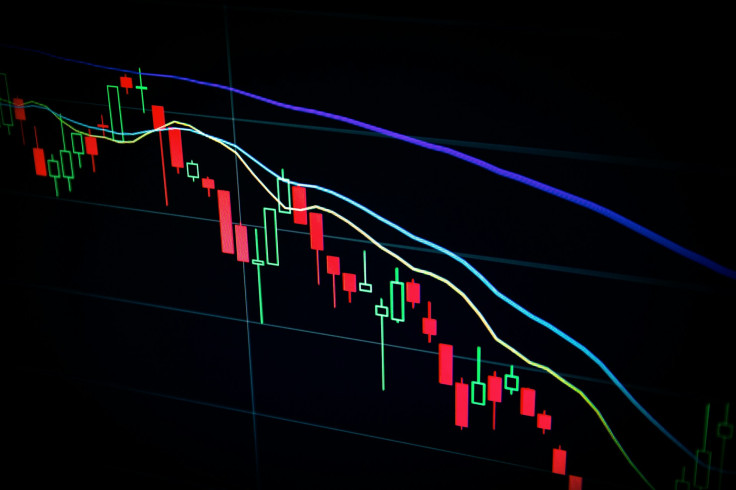
XRP's largest holders are cashing in on the token's recent rally, selling off over £51 million worth of assets each day. However, analysts warn that the sell-off mirrors market behaviour last seen before the cryptocurrency's dramatic collapse in 2017.
XRP's Biggest Investors Take Profits Amid Price Surge
According to blockchain analytics firm Glassnode, XRP whales—large-scale investors holding significant amounts of the token—are offloading an average of £51.22 million ($68.8 million) in XRP daily. This trend is largely driven by recent price gains that have delivered returns exceeding 300% for early investors.
As reported by CoinTelegraph, many of the investors currently cashing out had purchased XRP when it was priced below £0.37 ($0.50). With the token now having tripled in value, these investors appear keen to lock in profits while the market remains strong.
However, crypto analysts are warning that this wave of profit-taking could signal an impending downturn, with parallels being drawn to the 2017 crash.
Is Another XRP Crash Coming?
Experts fear that current market conditions are similar to those that led to XRP's 2017 collapse. At the time, the cryptocurrency surged from just £0.0037 ($0.005) to around £1.87 ($2.50), before plunging by 90% shortly after. This was triggered by high levels of profit-taking by major holders—similar to what is unfolding now.
Analysts note that over 70% of XRP's realised market cap has been formed since late 2024, meaning much of the current supply is concentrated in newer holders. This top-heavy structure, combined with aggressive selling, makes the market particularly vulnerable to sharp corrections.
RLUSD Sparks Debate Over XRP's Future
BitGo CEO Mike Belshe added to concerns during the American Banker's Digital Banking 2025 conference, claiming that XRP is no longer fulfilling its role as a bridge currency. He cited the launch of Ripple's US-dollar stablecoin RLUSD as evidence of this.
'As a stablecoin business, you don't need XRP,' Belshe said. 'Ripple originally aimed to facilitate cross-border payments using their token, but the two-step conversion model—dollars to XRP—was flawed from the start.'
Belshe argued that RLUSD and other stablecoins could outperform traditional tokens like XRP, since they provide stable liquidity without the need for multiple conversions.
Ripple Defends XRP's Role
In response, Ripple Labs has defended XRP's position, insisting that the new RLUSD stablecoin does not signal the token's decline. Ripple CTO David Schwartz stated that RLUSD will offer price-stable working capital, while XRP will continue to serve as the ledger's default auto-bridging asset.
Crypto analysts echoed this view, emphasising that RLUSD expands Ripple's ecosystem rather than replaces XRP, positioning the platform for greater utility across different markets.







